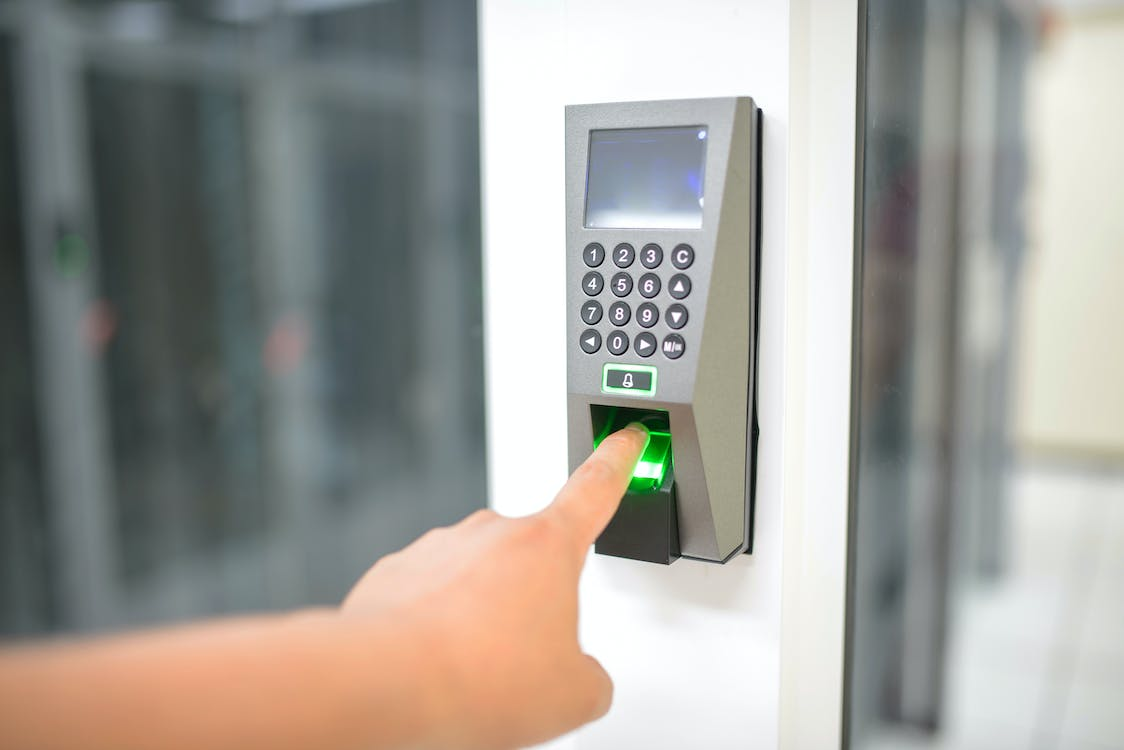Introduction: The Rise of Biometric Technology
Biometric technology has been rapidly growing in popularity across various sectors, revolutionising the way access is controlled and managed. From unlocking smartphones with a fingerprint to securing data centres with facial recognition, the applications of biometrics are expanding. This article delves into biometric access control systems, exploring their benefits, limitations, and future prospects.
What Are Biometric Access Control Systems?
Biometric access control systems refer to the security measures that utilise unique physical characteristics, such as fingerprints, iris patterns, or voice recognition, to authenticate an individual's identity. Unlike traditional access control methods, which rely on passwords or physical keys, biometrics offers a more secure and convenient solution.
Benefits of Biometric Access Control Systems
Enhanced Security
One of the key benefits of biometric access control systems is the level of security they provide. Since biometrics relies on unique physical traits, it is nearly impossible to duplicate or forge these attributes, making unauthorised access extremely difficult.
Convenience
Biometric systems offer unparalleled convenience as there is no need to remember passwords or carry physical keys. A simple fingerprint or facial scan is all that's needed to gain access, simplifying the authentication process.
Efficiency and Speed
Time is often a critical factor in access control, especially in industries like healthcare or emergency services. Biometric access control systems provide rapid authentication, granting access within seconds and improving overall efficiency.
Reduction in Costs
In the long term, the elimination of physical keys or card systems can result in significant cost savings. There's no need to replace lost keys or reissue access cards, reducing ongoing maintenance expenses.
Accountability and Audit Trails
With biometrics, each access attempt is logged with the individual's unique identity, creating a clear and unambiguous audit trail. This can be invaluable for compliance with regulations and for investigating any security incidents.
Limitations and Challenges of Biometric Access Control Systems
While the benefits are clear, there are also some challenges and limitations to be aware of:
Privacy Concerns
The collection and storage of biometric data raise legitimate privacy concerns. Ensuring that this sensitive information is handled with the utmost care and in compliance with data protection laws is essential.
Initial Costs
The initial setup cost for biometric access control systems can be higher than traditional methods. However, considering the long-term benefits and savings, this investment often justifies itself.
Potential Errors
Though rare, biometric systems can sometimes make errors, such as false rejections or false acceptances. Ensuring the system is correctly calibrated and using additional authentication methods when necessary can mitigate these risks.
Vulnerability to Changes
Physical traits can sometimes change due to aging or injury. Ensuring the system can handle such variations is vital to maintaining accurate authentication.
Future Prospects: Where Is Biometric Technology Heading?
Biometric technology is not a static field; it's continually evolving. The integration of artificial intelligence (AI) and machine learning is leading to even more advanced and reliable systems. The global biometric system market is expected to reach $65.3 billion by 2024, according to MarketsandMarkets, reflecting the growing trust and reliance on this technology.
Embracing the Future of Access Control
Biometric access control systems are reshaping the landscape of security, offering a more robust, efficient, and convenient way to control access. While there are challenges to address, the potential benefits far outweigh the limitations. As technology advances, biometric systems are poised to become an integral part of our daily lives, transforming the way we access our homes, workplaces, and digital platforms.
Embracing biometric technology is more than a trend; it's a step towards a more secure and efficient future. The transformation of access through the power of biometrics is here, and it's redefining what's possible in security.
